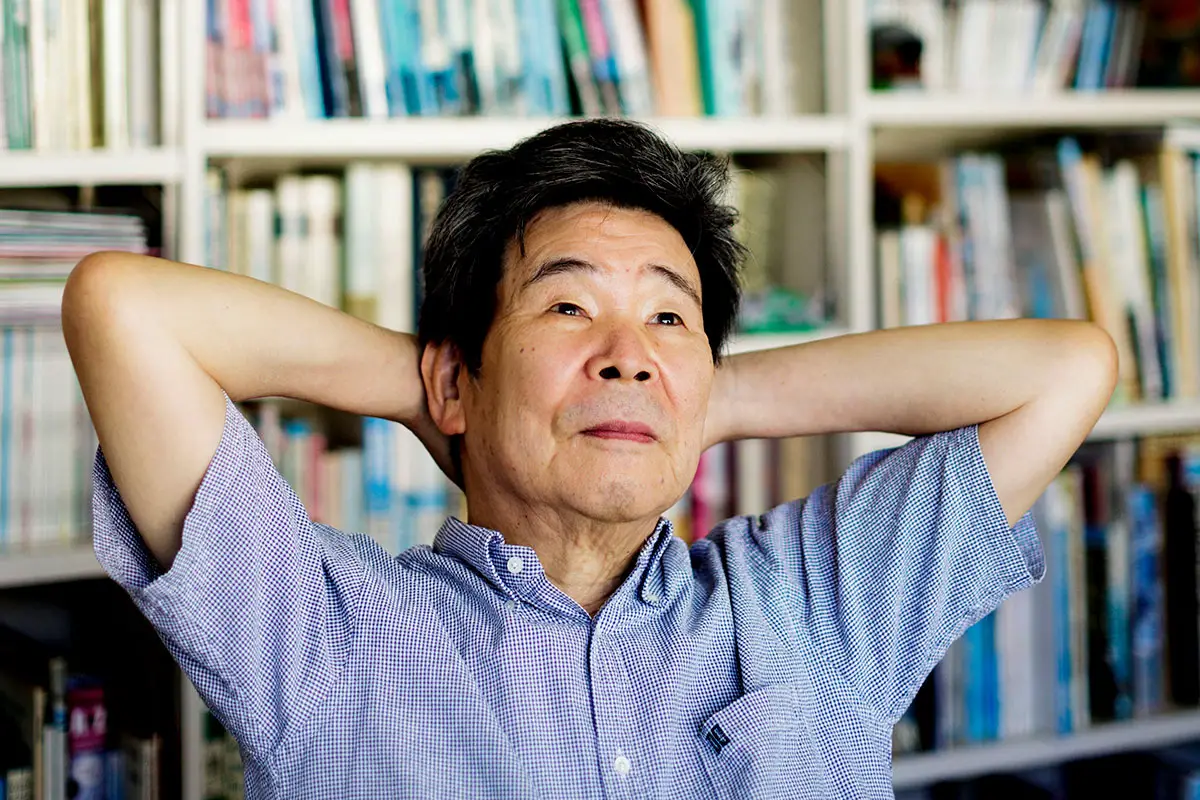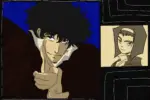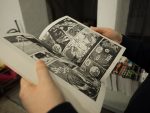When you think about Japanese anime films, what is the first title that comes to mind? Titles such as “Akira” and “Your Name” easily spark recognition for fans of the genre, but not so much for the casual viewer of animated films in general. From the perception of your average movie buff, Studio Ghibli immediately dominates the mainstream view of Japanese films in the West.
“My Neighbor Totoro,” “Howl’s Moving Castle” and of course the Academy Award-winning “Spirited Away” all continue to resonate in the hearts of viewers around the world even to this day.
Unfortunately, Ghibli fans all around the world recently received some bad news: Studio Ghibli co-founder Isao Takahata passed away from lung cancer at age 82, though he didn’t do so without first creating films that would carry on his legacy for generations to come.
Though his name isn’t as widely known as Hayao Miyazaki’s, Takahata contributed significantly to Ghibli’s success. His most notable films include the anti-war drama “Grave of the Fireflies,” the reminiscent coming-of-age story “Only Yesterday,” the quirky family comedy that is “My Neighbors the Yamadas” and the impressionist-esque fairytale “The Tale of Princess Kaguya.”
In fact, “The Tale of Princess Kaguya” was nominated for an Academy Award in the best animated feature film category during 2015, and boasts a 100 percent rating on Rotten Tomatoes.
Takahata created “Princess Kaguya” with a unique vision in mind; by using a looser art style with an almost watercolor tinge, he aimed to portray the essence of an old Japanese folktale entitled “The Tale of the Bamboo Cutter.”
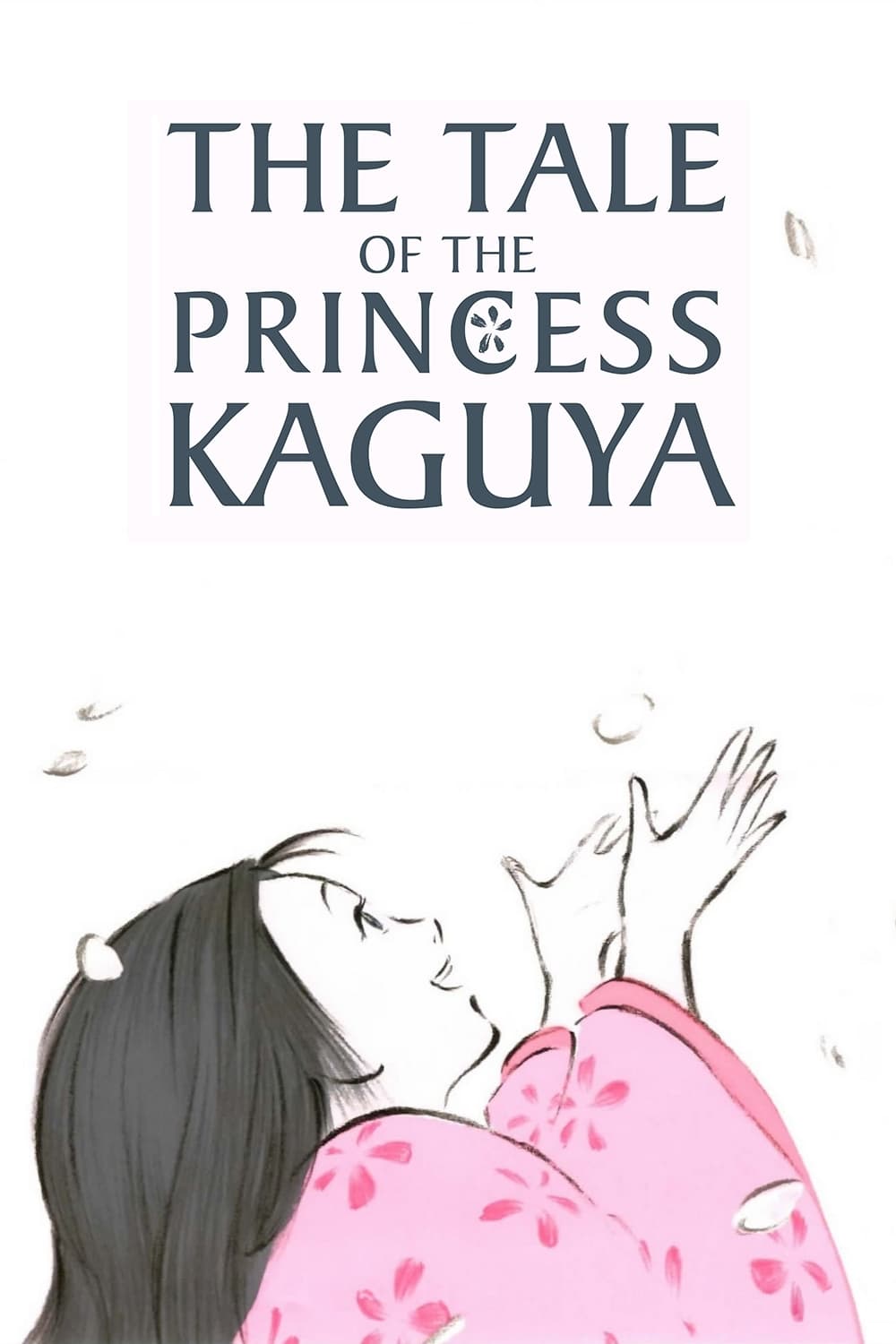
Watching the movie almost feels like seeing an old Japanese painting come to life, in a sense. Such a creative choice starkly contrasted the typical Ghibli style, making his move seem all the bolder.
Though he was not an animator himself, Takahata carried an enormous weight regarding the artistic direction of his films. His productions aren’t as numerous as his colleague Miyazaki, but the time and effort that goes into his writing and directing becomes obvious as you see his work in action. “The Tale of Princess Kaguya,” for example, had a budget of almost 50 million U.S. dollars and took Takahata about a decade to complete.
Furthermore, personal stories greatly influence Takahata’s artistic vision as well, as he often gleans inspiration from his own observations of the world. The most jarring instance of such a habit happens to occur in “Grave of the Fireflies,” which draws from young Takahata’s own experience of a World War II bombing in Okayama.
In an interview with the Japan Times, “he once recalled how, as a 9-year-old boy, he fled the bombing barefoot in pajamas and witnessed piles of dead bodies. The memory was reflected in the film.”
Though his childhood was a turbulent one, Takahata went on to live a relatively normal life and was later accepted into Tokyo University. Upon moving to the city, he chose to pursue a degree in French literature and thereafter came to admire the French art scene. Takahata actually credits having seen the French film “Le Roi et l’Oiseau” (The King and the Mockingbird) for sparking his interest in animation as a medium for storytelling.
After graduation, Takahata was encouraged by a friend to take the entrance exam for a director position at Toei Animation and passed. He then worked on various television series before finally directing his own film for the first time, only to have it fail on the commercial end.
Though this setback resulted in his immediate demotion within the company hierarchy, Takahata still gained something irreplaceable from his time at Toei: meeting his future colleagues as well as Ghibli co-founder Miyazaki.
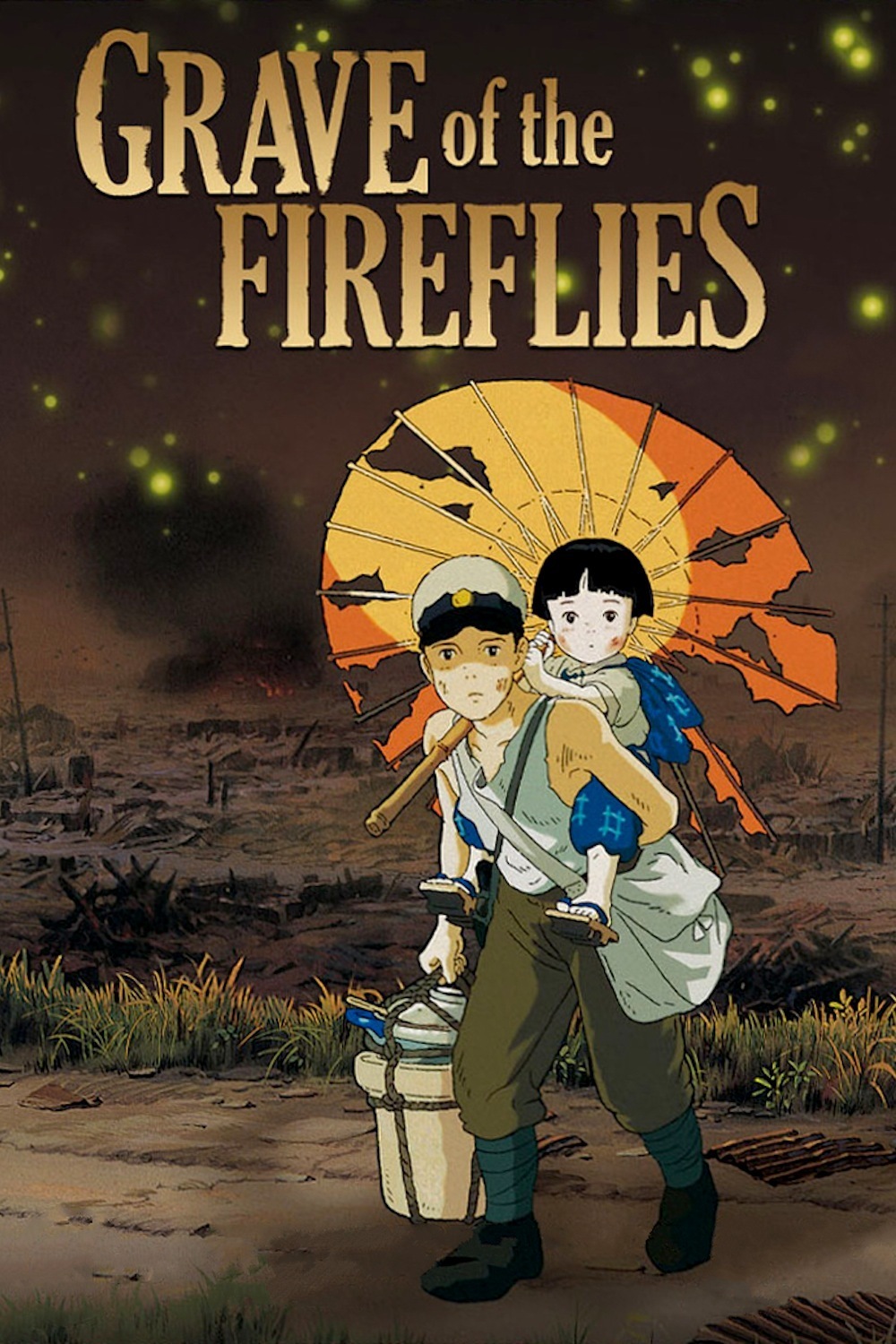
Along with Yoichi Kotabe, Takahata and Miyazaki later left Toei in 1971, switching from studio to studio for years. Only after the critical and commercial success of Miyazaki-directed film “Nausicaä of the Valley of the Wind” could the independent Studio Ghibli finally form.
If you’ve ever seen a film from Studio Ghibli, you know about the feeling of magic that accompanies watching such a carefully crafted piece of art. Stylistic choices of the studio — such as the surrealist aspects, or the childlike simplicity of the character designs — became the hallmarks of Miyazaki’s brand. But what about Takahata’s unique style?
Though he worked under the same studio name, Miyazaki functioned as both a friend and a rival to Takahata, and their projects would often serve to foil one another. For instance, Miyazaki’s “My Neighbor Totoro” and Takahata’s “Grave of the Fireflies” were concurrently released in 1988, a choice deliberately made by the two directors.
However, certain aspects of Takahata’s work set him apart from Miyazaki, the most crucial being his ability to portray subtle emotion through animation itself.
In his film “Only Yesterday,” two separate but related stories are being told; first, the audience sees the protagonist Taeko existing in the present day, but then the perspective switches to the Taeko of the past for periodic flashbacks. Although this plot sounds like nothing special when you simplify the animation into words, it is anything but simple.
Takahata incorporates differences of animation style between the two timelines of the story, the adult Taeko’s scenes being drawn with solid color and in great detail in contrast to the childhood flashbacks. Because the flashbacks are memories being reminisced upon by the protagonist, Takahata is sure to use a simpler art style with more pastel colors and faded backgrounds.
The haziness portrayed in those scenes perfectly mimics looking back on old memories, as a sense of innocence still seems to linger on the edges of the screen. Such nuances are ever-present in all animated works directed by Takahata.
Though his name is not the one automatically attached to the fame of Ghibli, Takahata nonetheless contributed immeasurably to the success of the studio and the genre of animation in general. His life was marked by ups and downs, triumphs and failures, yet his films exuded quality in every sense of the word.
In his own words from a 2015 interview with the Associated Press: “This earth is a good place, not because there is eternity,” he said. “All must come to an end in death. But in a cycle, repeated over and over, there will always be those who come after us.”


